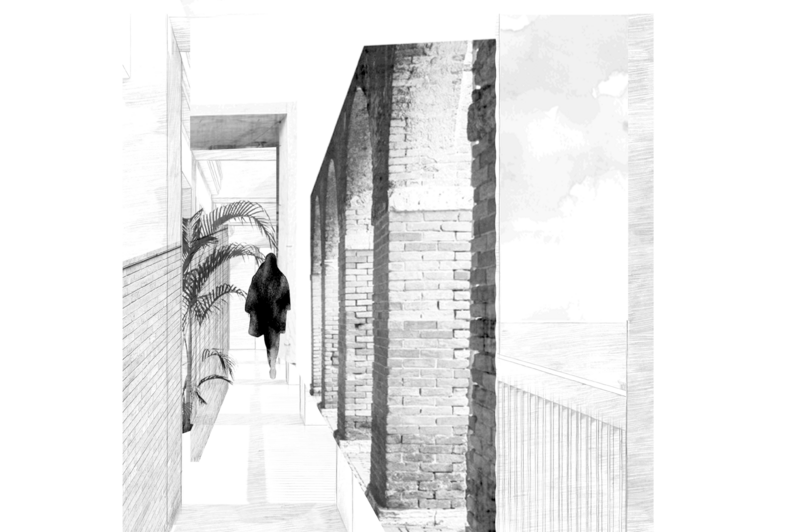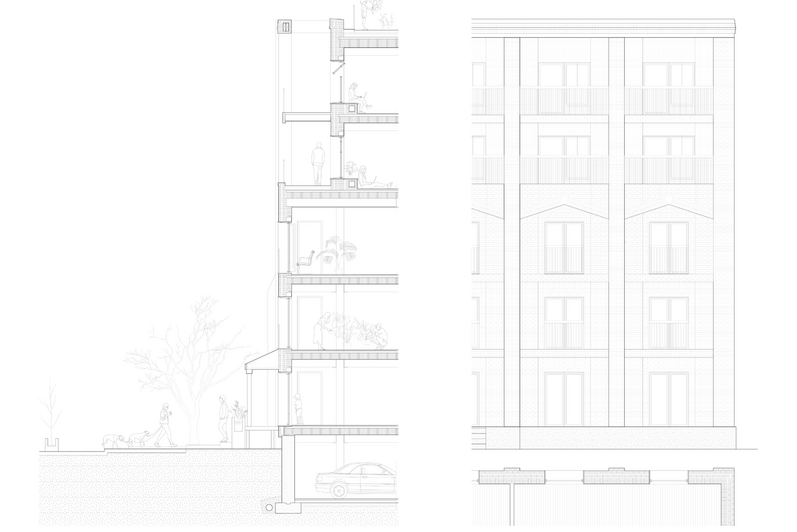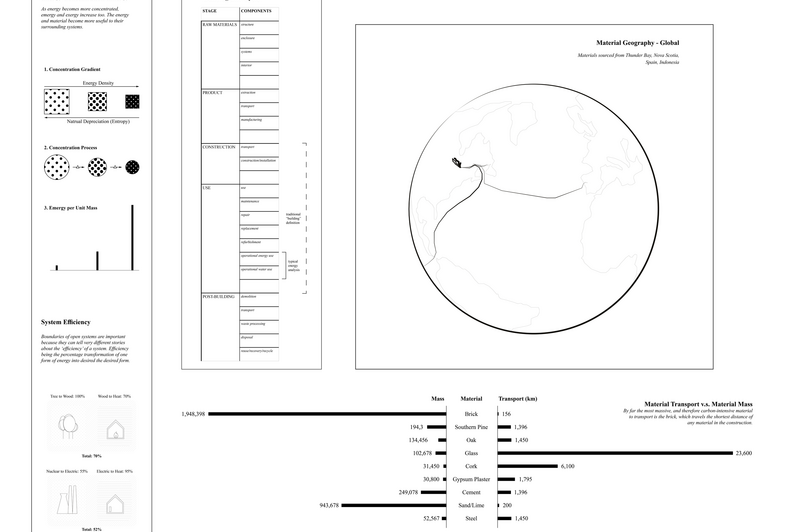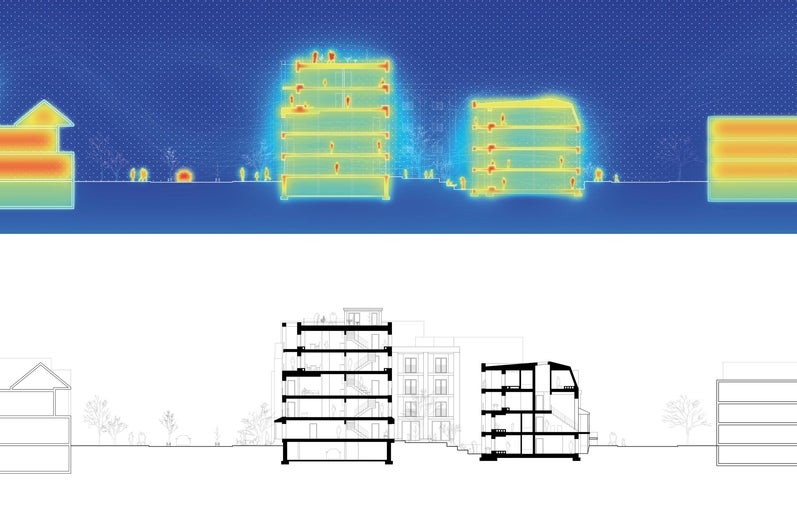Congratulations to Cian Hrabi, who received two awards for his project It’s More Than Brick. Cian received the OAA Award which recognizes exceptional leadership through design excellence combined with innovative approaches to sustainability in an assignment or project. The scholarship this year focuses on students who have demonstrated design excellence involving exemplary responses to the climate crisis.
Cian also received the award for Outstanding Design Work in 3A (Arch 392)for the 3A term in Winter 2020.
Arch
392
“Our
House
is
on
Fire”:
Confronting
Toronto’s
housing
and
climate
emergencies.
Coordinated
by
Adrian
Blackwell
Today
we
face
two
vast
and
seemingly
separate
problems.
The
first
is
a
crisis
in
our
planet’s
ability
to
support
life.
The
climate
emergency,
in
which
our
particular
capitalist
form
of
life
produces
an
ever-increasing
quantity
of
carbon
dioxide,
leads
to
extreme
changes
in
climate
and
weather
patterns
of
the
world,
and
the
mass
extinction
of
life.
The
second
is
a
crisis
of
affordability,
in
which
a
small
number
of
people
capture
a
larger
and
larger
percentage
of
the
world’s
wealth,
while
the
majority
of
people
struggle
to
get
by
on
a
declining
share
of
resources.
It’s More Than Brick (IMTB)
Toronto’s Downtown East faces a threat from an increase of expensive development and stagnation of community housing projects. IMTB builds deeply affordable housing and services for vulnerable residents of Sherbourne Street. The project addresses the housing and climate crises simultaneously - fostering community development and environmental improvement.
Influenced by 1970’s infill urbanism, IMTB increases the density of the area while staying true to the low-rise nature of it’s surroundings. The project attempts to develop a strong community across scales, beginning with person-to-person interactions. Floor plates are small to encourage neighborly familiarity, and the site is split into multiple buildings to keep community groups small. The project acts as a small neighborhood built of varying unit sizes and building typologies.
Designed with a rent-to-own system in mind, where tenants pay a portion of their rent each month as credit towards a down-payment on the unit they have been renting. This model of long-term ownership is essential for a sense of home and agency over one’s dwelling and is beneficial to the landlord, providing a hassle-free long-time tenant, with a trusting relationship growing along the way. Each unit is unique, designed under the mantra of “they don’t all have to be the same, but they all have to be great.” Kitchens and bathrooms are stacked and near each other for plumbing efficiency, and the units are designed so natural light penetrates deep into every space. Beds are placed in alcoves with storage as opposed to bedrooms. This affords a more communal sleeping experience, improves the experience of dressing, and is incredibly light and adaptable for when families change in size.
Current sustainable architecture is predicated on a misunderstanding of energy, which presupposes all buildings to be closed and isolated systems. The current approach to design buildings is to insulate them from the energy around them and rely solely on internal systems. This project instead uses the building as an active component of its surroundings to harness and convert the overwhelming surplus of available energy.
Massive construction, in this case using brick, maximizes the potential of a single building material to do as much useful work as possible. Designed properly, brick can be an effective building structure, enclosure, “mechanical system”, and finish. By using one material in a wall we reduce its complication and can then dive into the complexity of the entire building.
Radiantly heated walls are a direct connection to the energy of the space outside their boundary. When you feel the warmth of the wall you inherently feel and understand it in a way that you cannot achieve from forced air. For thousands of years, humans were heated either by the sun or by fire – I propose we bring a piece of that history back into our daily lives; because it is so much more than just brick.







